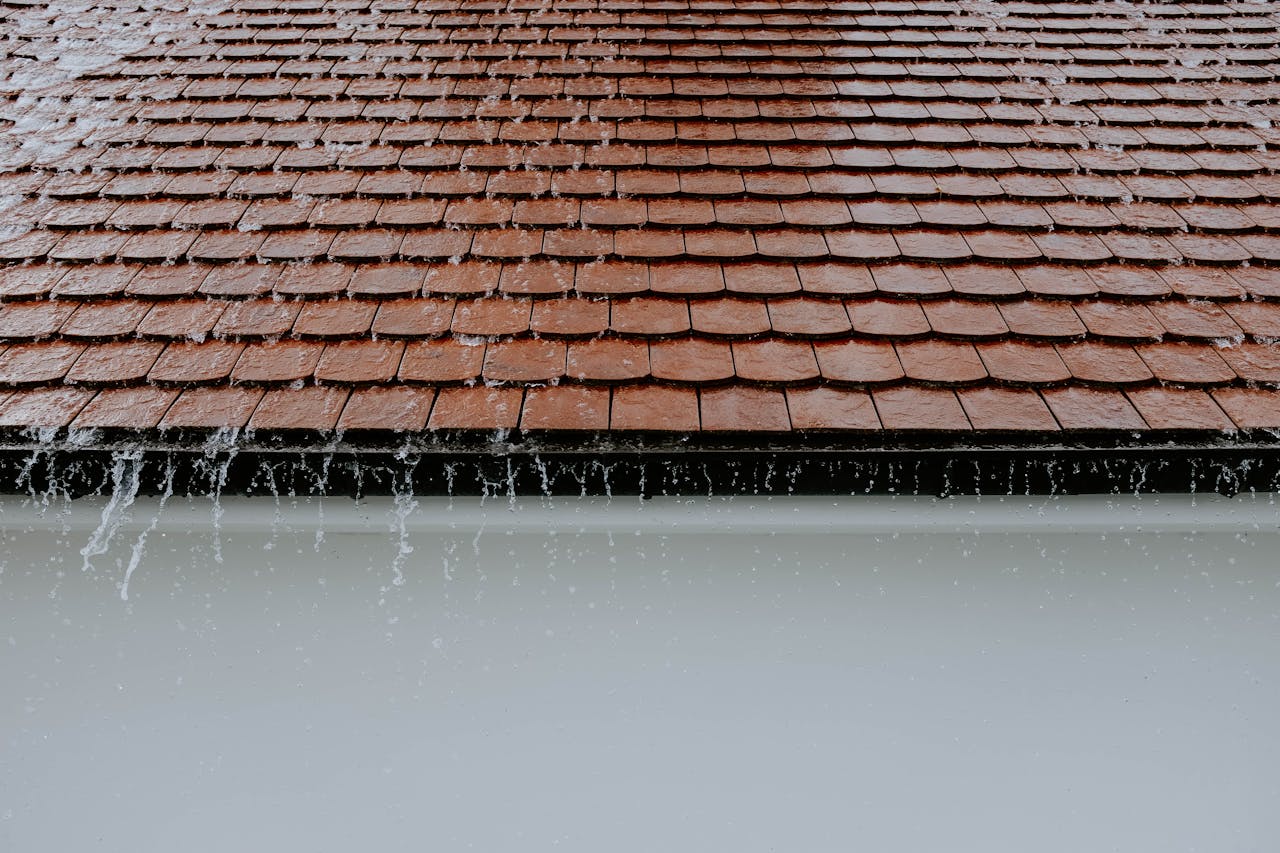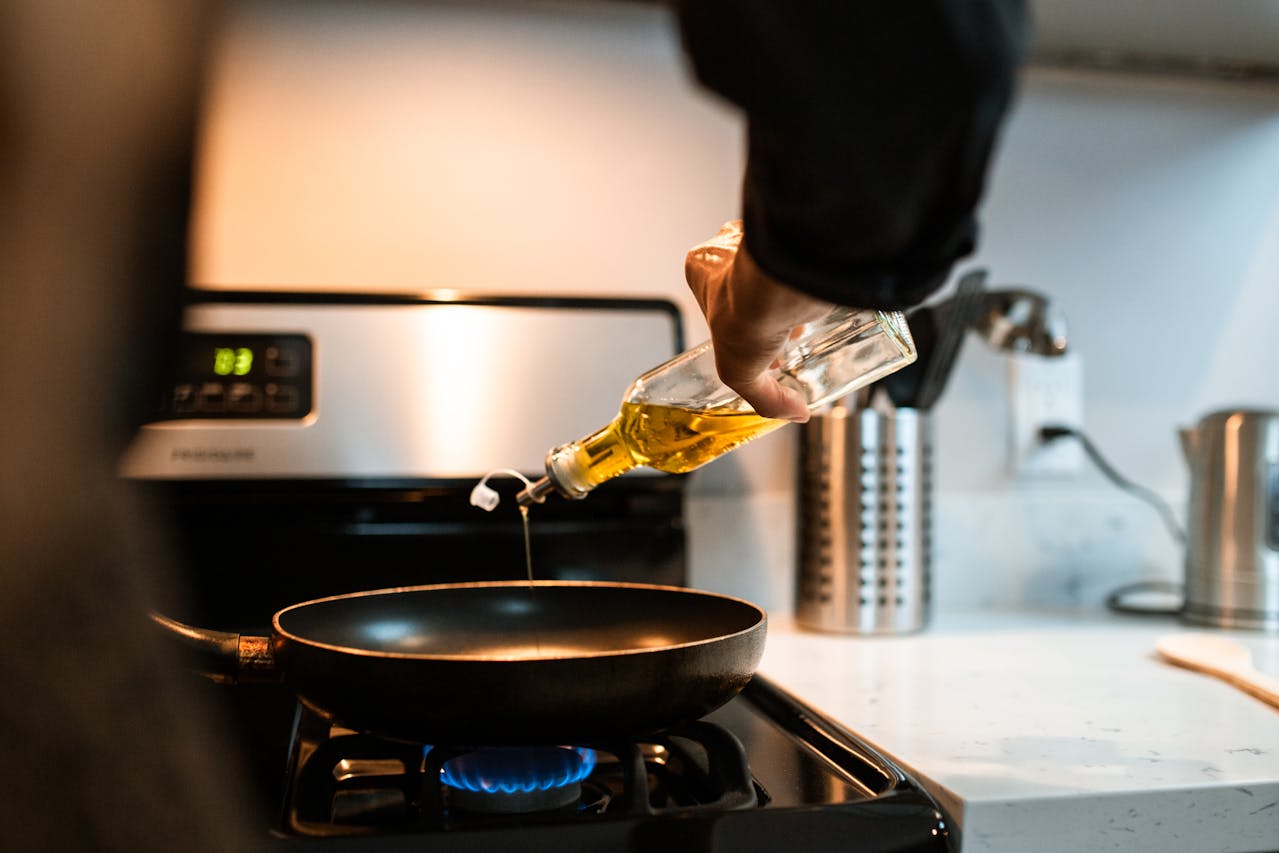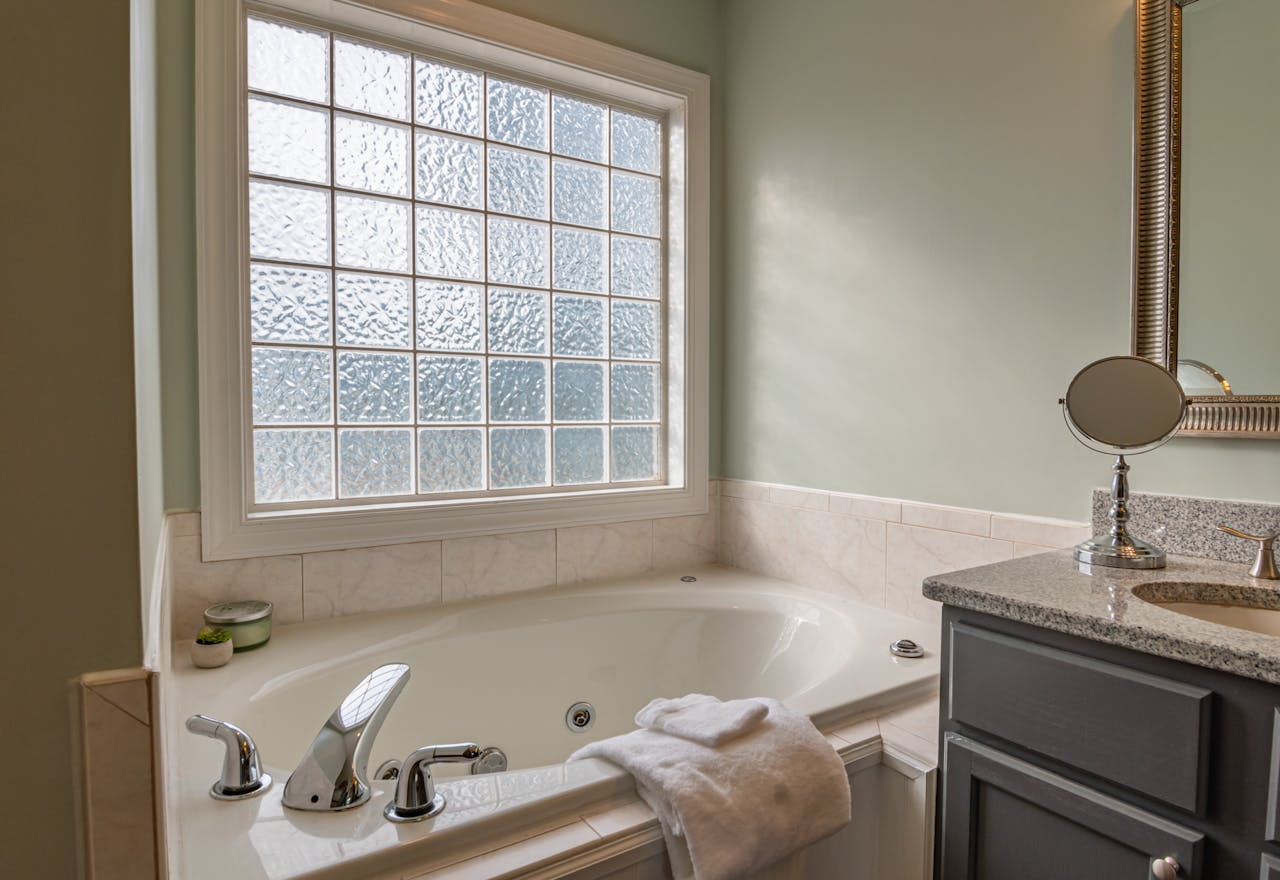How to Avoid Water Damage in Your Rental Property

Ever walk into a rental property to find a leaky faucet or a random damp spot? Water damage can be a landlord’s worst nightmare, causing expensive repairs and renovations, frustrated tenants, and major headaches.
Don’t fret! With some proactive planning and maintenance, you can significantly reduce the risk of leaks and keep your property – and your tenants – happy.
This comprehensive guide will equip you with the knowledge and strategies to outsmart water damage in your rental property, saving you time, money, and stress in the long run.
From roof and gutter maintenance to appliance checks and tenant communication, we’ll cover everything you need to know to keep your investment protected. Let’s dive in and get started on creating a watertight defence plan for maintaining your property!
Tips To Prevent Water Damage in Your Rental Property
Preventing water damage is crucial for maintaining the integrity and value of your rental property. Here are some practical tips to help you safeguard your investment.
1. Inspect Outdoor Drains
Outdoor drains are essential for managing water flow, especially during heavy rains. Check these drains regularly to ensure they’re clear of leaves, dirt, and other debris.
A blocked drain can lead to water accumulation, increasing the risk of flooding. Make it a routine to inspect and clean these drains to maintain proper water flow and protect your property from water damage.
2. Regularly Inspect Your Roof
Your roof is your first line of defence against water damage. Conduct regular inspections to check for missing, damaged, or curled shingles.

Look for signs of wear and tear, such as leaks or water stains on your ceiling. Address any issues promptly by repairing or replacing damaged shingles to prevent water from seeping into your property and causing significant damage.
3. Inspect and Clean Your Gutters
Regularly inspecting and cleaning your gutters is crucial in preventing water damage. Clogged gutters can lead to roof, wall, and foundation damage due to water overflow.
Make it a habit to check and clean your gutters at least twice a year, particularly in the fall and spring. Ensure they’re free of leaves, twigs, and other debris to allow proper water flow.
4. Maintain Your Downspouts
Downspouts play a vital role in directing water away from your property. Ensure they’re securely attached and functioning correctly.
Regularly check for any blockages and clear them promptly. Make sure downspouts extend at least three feet from your foundation to prevent water from pooling around your property, which can lead to serious structural damage.
5. Grade Your Yard for Proper Drainage
Proper grading around your rental property can prevent water from seeping into the foundation. The ground should slope away from the building, directing water to flow away from the structure.
Inspect the grading periodically, especially after heavy rains, and add soil where necessary to maintain the correct slope. This simple step can save you from expensive repairs down the line.
6. Properly Dispose of Cooking Fats
Cooking fats can cause blockages in your plumbing system if not disposed of correctly. Educate your tenants on the importance of not pouring fats, oils, and grease down the sink.

Provide them with alternative disposal methods, such as using containers to collect and dispose of fats in the trash. Preventing these blockages can save you from costly plumbing repairs.
7. Keep Floor Drains Clear
Floor drains are essential in preventing water damage, especially in basements and utility rooms. Regularly check floor drains to ensure they’re free from obstructions.
Clear any debris that may hinder water flow. Keeping floor drains clear ensures that any excess water can drain away quickly, reducing the risk of flooding and water damage in your rental property.
8. Properly Seal Windows
Windows are potential entry points for water if not properly sealed. Inspect the caulking and weatherstripping around your windows regularly.
Look for gaps, cracks, or signs of wear and replace them as needed. Properly sealed windows prevent water from entering your rental property, protecting the interior from damage and improving energy efficiency.
9. Check Walls for Cracks
Cracks in your walls can be a gateway for water intrusion. Regularly inspect both interior and exterior walls for any cracks. Pay special attention to the foundation and areas around windows and doors.
Seal any cracks promptly using appropriate materials to prevent water from seeping in, which can lead to mold growth and structural damage.
10. Monitor for Flooding Around Perimeter Walls and Drains
Keep an eye out for any signs of flooding around the perimeter walls and drains of your property. After heavy rains, inspect these areas for water accumulation.

If you notice any pooling or slow drainage, take immediate action to address the issue. This could involve improving drainage systems or grading the area to ensure water flows away from the property.
Conclusion
Preventing water damage in your rental property is essential for maintaining its value and ensuring tenant satisfaction. By taking proactive steps like regular inspections, proper maintenance, and educating your tenants, you can significantly reduce the risk of costly repairs.
Managing these tasks can be time-consuming and complex. Consider partnering with Whole Property Management to take the hassle out of property upkeep!
Our expert team will handle everything from routine inspections to emergency maintenance, giving you peace of mind and more time to focus on other aspects of your investment. Trust Whole Property Management to keep your property in top shape!
